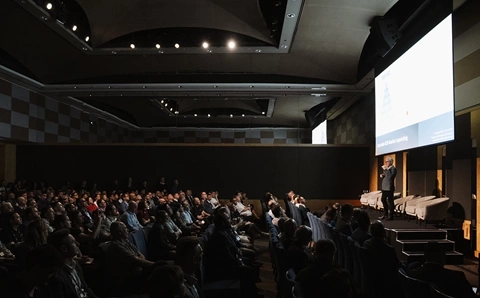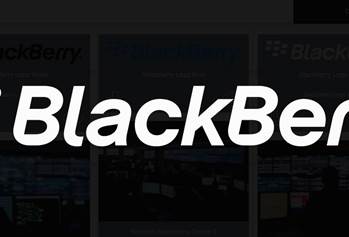The Architecture team at the Reserve Bank of Australia (RBA) is seeking to procure an Enterprise Architecture (EA) tool to strengthen strategic planning, governance, and operational efficiency across the Bank’s technology landscape.
The tool will serve as a foundational platform to support a range of critical architecture functions that are currently fragmented, manual, and time-intensive.
The Enterprise Architecture team leads structured technology roadmap engagements with business units, typically over a 12-week period. These engagements involve understanding business direction, mapping current and target states, and developing initiative roadmaps.
However, outputs are often stored in static formats (e.g., PowerPoint) and lack integration with business capabilities or strategic goals.
At present, architecture health checks are conducted annually using subjective assessments of business fit and technical health. These assessments are valuable but constrained by manual data collection and limited integration with other systems.
Similarly, architecture information is dispersed across multiple repositories—including SharePoint, Archer, Confluence, JIRA, and ServiceNow—making it difficult to maintain a single source of truth or model relationships between technologies, applications, and business processes.
In addition, the team regularly consults with senior stakeholders to present insights into the technology portfolio—highlighting overlaps, obsolescence risks, and high-level costs. These sessions rely on manually compiled data and static presentations, limiting the ability to provide real-time, data-driven insights.
The EA tool will aim to address these challenges by delivering a cloud-based SaaS solution that enables a unified platform to manage the Technical Reference Model (TRM), Application Portfolio, and Business Capability Model.
Integration with ServiceNow, Jira and other enterprise systems to improve data flow and reduce duplication, along with support for dynamic modelling, traceability, and alignment
of initiatives with strategic goals, are sought as part of the tool.
Real-time dashboards and analytics to provide actionable insights and facilitate informed decision-making; the ability to enable repeatable, integrated assessments of technology health
across the Bank’s portfolio; and the capability to manage approximately 1,000 technologies, including platforms, business applications, plugins, cloud components, and infrastructure are all required.
Access for ~10 Architects to manage the system and maintain architecture data, along with access for ~300 business and technology system owners to view information, respond to questionnaires and keep records up to date are also required.
Contract execution is anticipated in February 2026 and the tender closes on 14 November 2025 at 2:00 pm (ACT Local Time).
Already in 2025, the RBA has gone to market for a panel of up to five suppliers to provide system integration and IT managed services; an audit management tool to support its internal review operations; a strategic software reseller arrangement to consolidate software licenses and technologies; a managed service provider to support its Enterprise Data Platform; and a system integrator to provide application migration services.





.jpg&h=142&w=230&c=1&s=1)


_(21).jpg&h=142&w=230&c=1&s=1)




.jpg&w=100&c=1&s=0)










